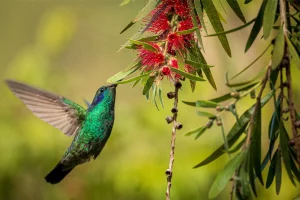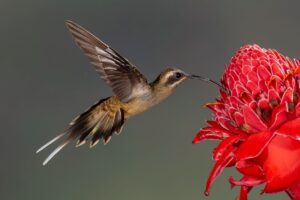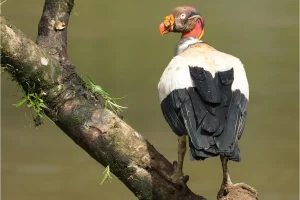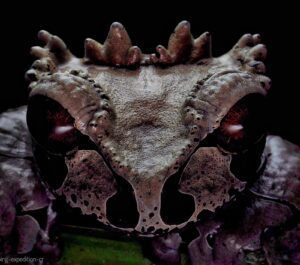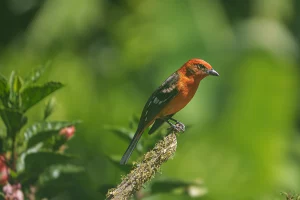Why Costa Rica for Hummingbirds?
Costa Rica is a global hotspot for hummingbirds with over 50 species (about 52–54 depending on checklist) and excellent access for photographers. Two species are true country endemics: the Mangrove Hummingbird and the Coppery-headed Emerald. High-elevation ridges, Caribbean foothills, and mid-montane gardens let you photograph dramatically different species in just a few days.
What Multiflash Adds to Your Images
- Controlled light at high shutter speeds: Clean, noise-free files and perfectly lit gorgets.
- Natural-looking catchlights: Multiple low-power flashes create dimensional, lifelike results.
- Repeatable setups: Once we balance ambient and flash, you can focus entirely on timing and composition.
Signature Locations & Target Species
Savegre & Cerro de la Muerte (Highlands)
Expect mountain gems and high-altitude specialists: Fiery-throated Hummingbird, Talamanca Hummingbird, and Scintillant Hummingbird. Cool air, mossy oaks, and dramatic cloud-forest backdrops are perfect for multiflash and ambient-light blends.
Monteverde & Central Pacific Foothills
Broad, saturated colors and larger subjects: Violet Sabrewing often dominates feeders, offering powerful wing poses that benefit from short flash durations.
Sarapiquí & Boca Tapada (Caribbean Lowlands)
Caribbean slope gems with electric contrast: White-necked Jacobin, Black-crested Coquette, and the coveted Snowcap.
How We Design Your Multiflash Session
- Feeder & flower placement: We set clean perches and native blooms at measured distances to control depth of field and bokeh.
- Lighting recipe: Typically 3–5 low-power flashes (back, key, fill, background), diffused and angled to avoid specular hotspots.
- Ethical approach: Short sessions, no playback, minimal disturbance, and strict distance limits.
Gear, Settings & Timing
- Recommended gear: Fast telephoto (300–600 mm), sturdy tripod, gimbal head, remote trigger. Macro lens optional for detail frames.
- Baseline settings: 1/200–1/250 s, f/8–f/11, ISO 200–800; flashes at 1/16–1/64 power for crisp wing detail. We’ll tailor to ambient conditions.
- Best season: Hummingbirds are year-round; dry season (Dec–Apr) brings stable weather, while green season (May–Aug) offers lush backgrounds and active gardens.
Your Guide
Andy Bezara — tour leader, professional photographer (PSA, NANPA, SINWP, ASMP, PPA) — and his team of local guides customize each setup to your target species and portfolio goals.
Ready to Build Your Hummingbird Portfolio?
Tell us your dates, targets and style—color-rich portraits, frozen wing-beats, or natural ambient looks—and we’ll compose a private, custom plan.
Related Posts & Resources
Further reading: eBird’s Status & Trends maps for species distribution and seasonality.
Frequently Asked Questions
How many hummingbird species can I expect?
Costa Rica hosts over 50 species (c. 52–54 depending on checklist) with regional turnover between highlands and lowlands. We typically plan for 8–15 species on a focused two-day itinerary.
Is multiflash safe for birds?
Yes—at low power with diffusers and limited session time. We avoid sensitive sites, follow ethical guidelines, and let birds control the approach.
Do I need to bring flashes?
We can provide a complete multiflash kit. If you bring your own, pack 3–5 speedlights, radio triggers, diffusers, and spare batteries.
What about rain?
We use covers and flexible schedules. Light rain often improves colors and behavior around feeders and flowers.
Can we add macro or landscape sessions?
Absolutely. Many guests pair hummingbirds with nearby macro hotspots or golden-hour landscapes—just note it in your tour brief.

